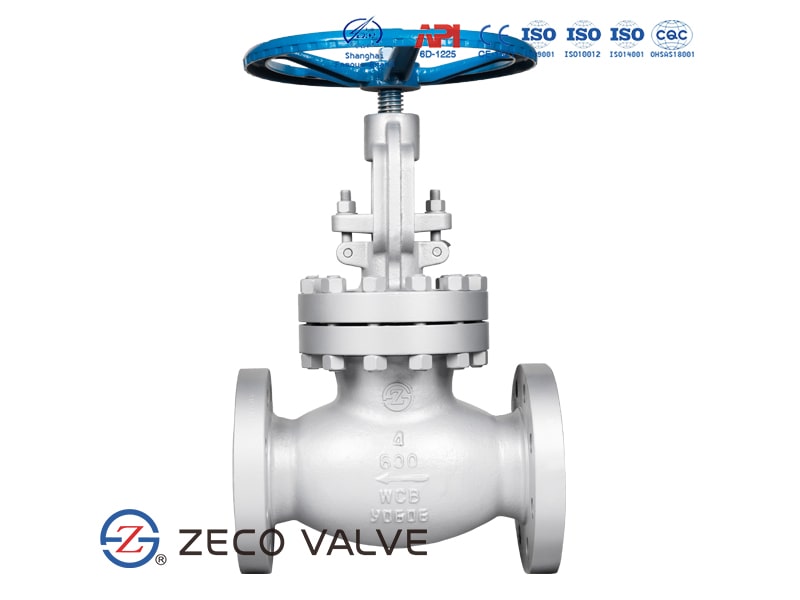HOTLINE: +840902720814

Carbon steel globe valve is a forced sealed valve, valve closure, must be applied to the disc pressure to force the sealing surface not to leak.
Carbon steel is an iron-carbon alloy, which contains up to 2.1 wt.% carbon. For carbon steels, there is no minimum specified content of other alloying elements, however, they often contain manganese. The maximum manganese, silicon, and copper content should be less than 1.65 wt.%, 0.6 wt.% and 0.6 wt.%, respectively.
Carbon steel is used at higher temperatures, or concern with thermal or mechanical shock is an issue, which makes them popular in the oil and petrochemical industries.
Body and bonnets are high-quality cast and afterward precisely machined, directing the attention to prevent stress concentration. Bonnets are made either of one piece only-the yoke then being an integral part of it-or have two pieces, depending on the size of the globe valve. This ensures the perfect alignment with the body which leads to an accurate opening and closing. Bodies of globe valves are designed considering the same characteristics as gate valves, which in this case means that the disc is guided in bigger valve sizes or high-pressure service in order to avoid vibrations and a better seat. The design of the body-bonnet gasket varies depending on the class of the globe valve. Class 150 to 600 globe valves consist of a circular male-female connection with a graphite or spiral wound gasket. Class 900 and above globe valves consist of a ring-type joint.
In pressure seal designs the sealing is achieved through a gasket that takes advantage of the internal pressure of the line. The material most commonly used is high-purity graphite located between the body and the body retainer ring.

Nhập email của bạn để nhận thông báo sớm nhất của chúng tôi
